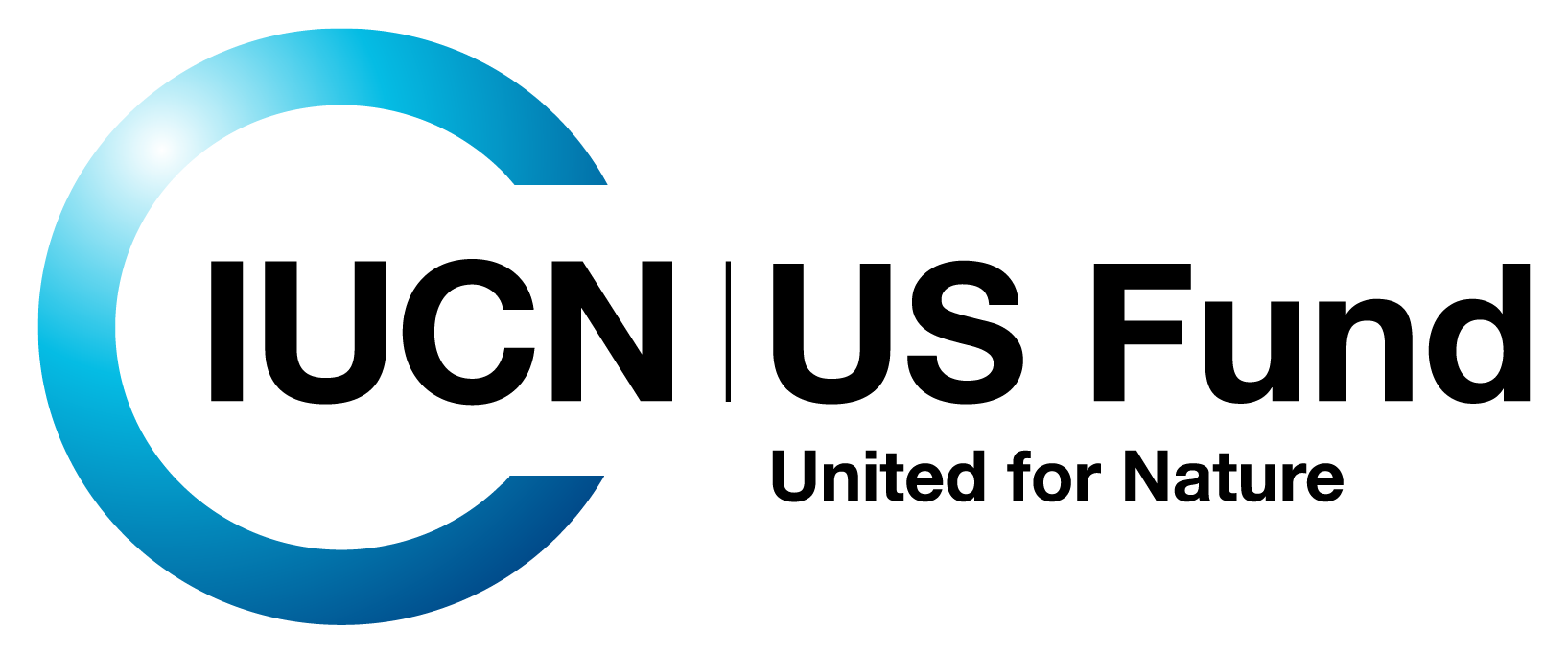The IUCN Red List of Threatened Species™ now includes 169,420 species, of which 47,187 are threatened with extinction, according to the latest assessment. Thirty-seven species within the past year have been assessed to be Possibly Extinct or Possibly Extinct in the Wild. Notably, in the US, nearly all endemic Bird species were found to be either Threatened (Critically Endangered, Endangered, Vulnerable) or Extinct/Extinct in the Wild; just under a quarter of endemic Amphibians are Threatened; and over half of endemic Tree species are Threatened. These conclusions present areas in which a large portion of mobilized action and continued monitoring needs to occur in the US.
How IUCN tools are utilized for tracking of species status, threats, and conservation solutions
In Yemen, the IUCN Red List has tracked the status of frankincense trees, observing the status of the species and the threats faced. Five species of frankincense (Boswellia) on Socotra Island, Yemen, have moved from Vulnerable to Endangered, one from Vulnerable to Critically Endangered, and three species have been assessed for the first time as Critically Endangered. Saplings are grazed on by goats, and struggle to flourish in prolonged droughts. While goats have been part of Socotra’s herder tradition for thousands of years, the decline of traditional rotational grazing and the growing size of herds in the past century have increased foraging pressure. More frequent and intense cyclones, flash floods and landslides, such as those seen in 2015 and 2018, have damaged and uprooted many trees.

Boswellia elongata in Socotra, Yemen. The species has been assessed as Endangered with a decreasing population. [credit: Kay Van Damme]
In addition to tracking frankincense tree populations, the IUCN Red List tracked an 482 additional fungi species, bringing their number on the IUCN Red List to 1,300, of which at least 411 are at risk of extinction. Fungi species are at risk from a number of factors including, land use changes, deforestation, and climate change. Rapid growth of agricultural and urban areas has replaced fungi habitats, putting 279 species at risk of extinction. Nitrogen and ammonia run-off from fertilizers and engine pollution also threaten 91 species. At least 198 species of fungi are at risk of extinction due to deforestation for timber production, illegal logging, and clearing for agriculture. Clear-cutting of old-growth forests is especially damaging, destroying fungi that do not have time to re-establish with rotation forestry. Over 50 fungi species are at risk of extinction due to changes in fire patterns in the USA, which have drastically changed forests. Firs have grown to dominate the high Sierra Nevada mountain woods since 1980, reducing habitat for Endangered Gastroboletus citrinobrunneus.

Tricholoma colossus, or giant knight, is found in Scandanavia, parts of Europe and the UK, and parts of Canada in the US. The species was recently added to the Red List as Vulnerable. [credit: Michael Krikorev]
The IUCN Green Status of Species assessments complements the IUCN Red List by providing a tool for assessing the recovery of species and measuring their conservation success. There are now over 100 Green Status assessments on the IUCN Red List. The first Green Status assessment for the lion (Panthera leo) shows that it is Largely Depleted, while the species remains Vulnerable on the IUCN Red List. Today’s Green Status assessment shows that human impacts are preventing the lion from being fully ecologically functional across its range, as the species declines across large areas and is extinct from North Africa and Southwest Asia. However, the assessment also shows that conservation has prevented likely extinctions from West and Southern Central Africa, South Africa and India. Intensified efforts are needed to maintain the existing population as human settlements across its range continue to grow.

Lion, Panthera leo, was given a 30% species recovery score in the latest Green Status assessment. [credit: Marnus Roodbol, Endangered Wildlife Trust]
“It’s encouraging to have more than 100 IUCN Green Status of Species assessments published only three years after it was introduced as a new global standard, with hundreds more in the pipeline. The example of the lion demonstrates the power that the additional Green Status data provides, given that we now have data about where local extinction was likely prevented due to conservation efforts, which can help with future strategies to protect and recover the species,” said Dr Barney Long, Senior Director of Conservation Strategies for Re:wild.
The importance of measurement tools for conservation action
These conclusions of the IUCN Red List and Green Status will drive the future of conservation action for a number of species, including fungi, frankincense, and lions. They paint the most up-to-date picture of species status, which is vital for conservation experts around the world. The numbers are saddening but it is within our power to change their course.
To grow the availability and variety of these tools, IUCN-US supports several grant-funded projects advancing tracking measures for species, landscapes, and restoration efforts, similar to initiatives like the IUCN Red List and Green Status. Recently, the IUCN Red List conducted a global assessment of freshwater species funded by IUCN-US through a grant from the Regina Bauer Frankenberg Foundation. The study concluded that one-quarter of all freshwater species are at risk of extinction. IUCN-US is also providing support for the development of improved databases and reporting tools for African elephant populations, as well as updated guidelines for mapping species conservation based on leopard populations. Having current and transferable data—standardized in a way that researchers, experts, and conservation practitioners can easily understand species’ status and threats—is essential for developing effective conservation strategies and mobilizing resources for action. IUCN-US is proud to continue supporting these critical initiatives through various IUCN projects worldwide.


